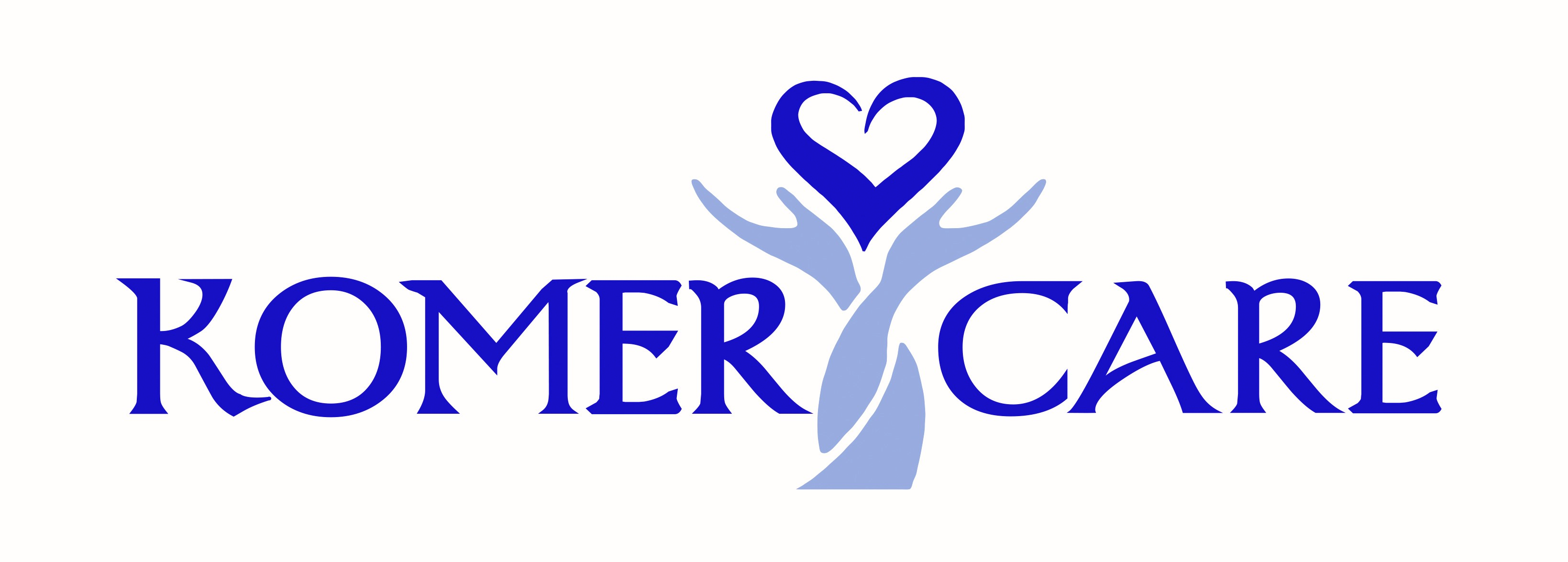Osteoporosis
Osteoporosis is a disease of thinning and weakening of the bones. There are no symptoms of osteoporosis. Many people confuse osteoporosis with osteoarthritis which can cause joint pain. Osteoporosis is a silent disease. Having osteoporosis increases the risk of fractures by at least 400%.
Let’s discuss calcium metabolism. Your body needs calcium to survive. If you don’t get enough calcium in your diet, your body goes to your bones (which are a large bank of calcium), withdraws calcium and places it into your bloodstream. Continued loss of calcium from the bone can lead to osteoporosis.
Women are much more likely to develop osteoporosis than men because of hormonal differences. Menopause is a time of particularly large risk for osteoporosis. In the first 6 or 7 years of menopause, women may lose up to 7% of their bone strength per year, putting them at great risk for fractures. Hip fractures are particularly serious since 20% of people will die within six months due to complications.
Osteoporosis can be avoided.
The three necessary ingredients in a successful plan of avoidance are:
- Estrogen
- Calcium
- Exercise
Many women have concerns about taking estrogen. Just taking calcium and exercising is not enough to prevent osteoporosis. However the phytoestrogens in soy will help prevent osteoporosis by acting like estrogen.
In addition, to prevent osteoporosis a mature middle-aged woman or man needs 1500 mgm of calcium per day. A glass of milk contains 300 mgm of calcium. Most people take in significantly less than the daily requirements and may require calcium supplements.
The third ingredient in the prevention of osteoporosis is weight-bearing exercise at least 5 times per week. As an example, a simple walk for 40 minutes would qualify as sufficient exercise.
Using this plan there is a significant reduction in your chances of getting osteoporosis and of developing fractures.








